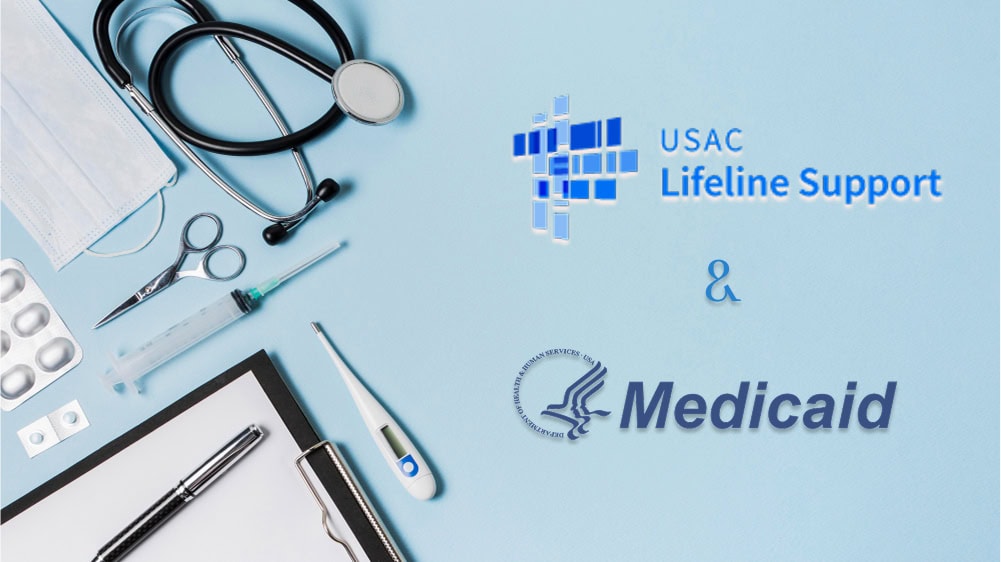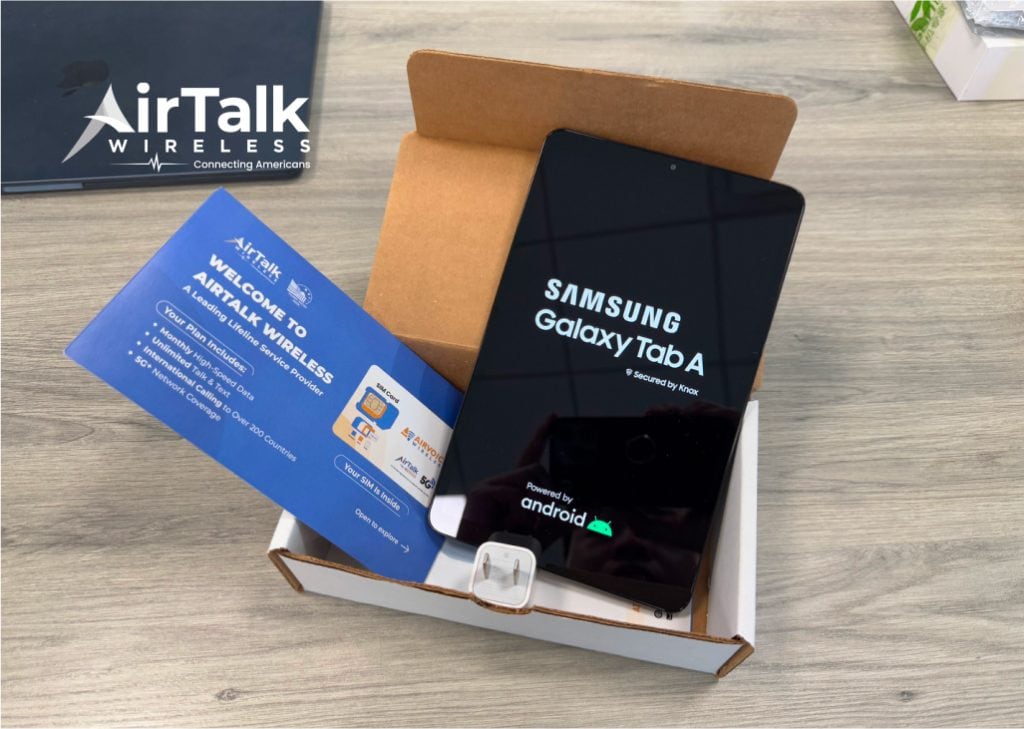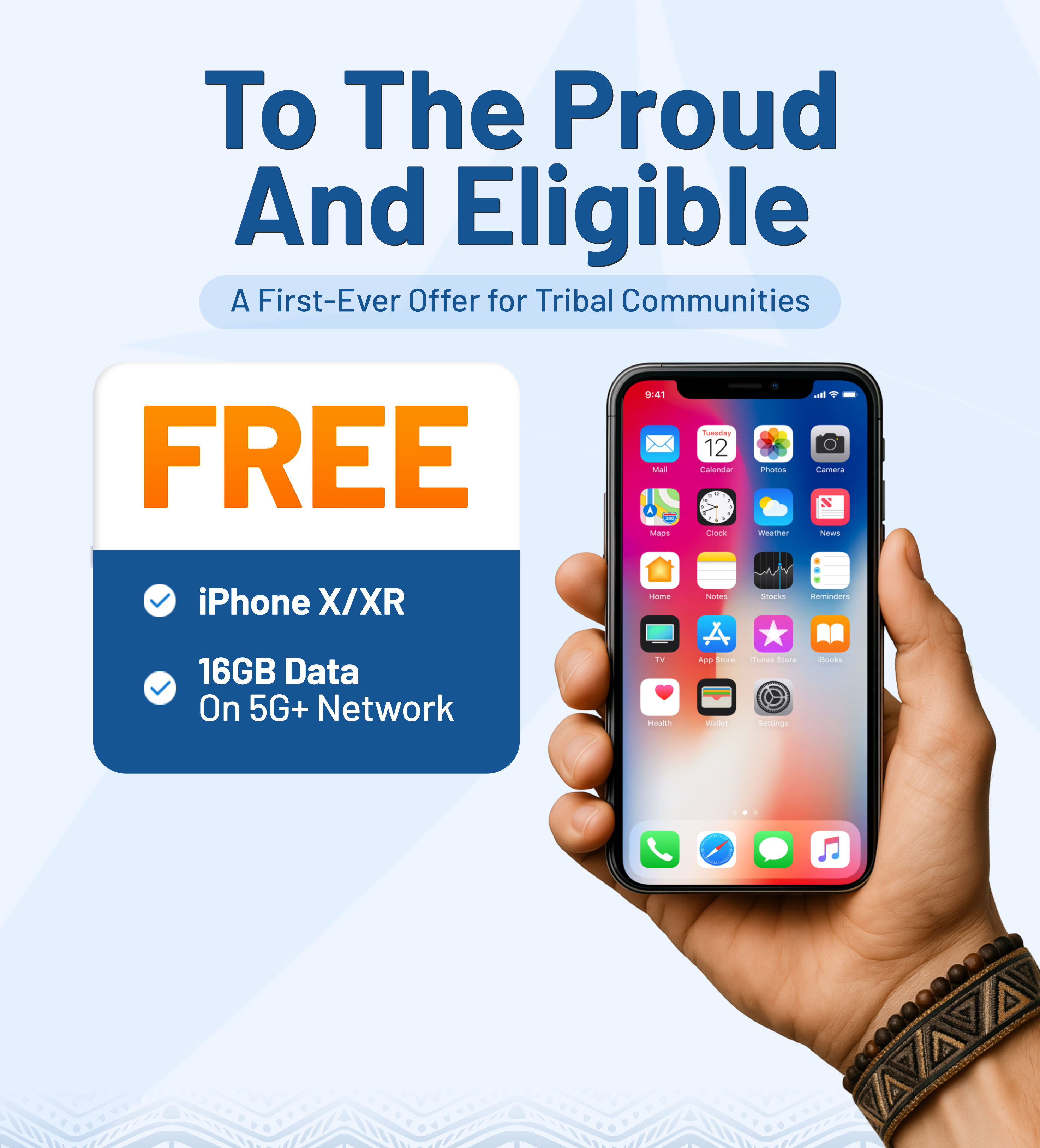Understanding how to apply for Medicaid in Wisconsin is the first critical step to accessing essential medical services and financial assistance. This comprehensive guide will walk you through the application process, eligibility criteria, required documents, and even how to get a free government phone through Medicaid-related programs.
Whether you apply online, by mail, phone, or in person, being well-prepared ensures a smoother and faster approval process.
1. How to Apply for Medicaid in Wisconsin?
When you search for “How to apply for Medicaid in Wisconsin?”, you’ll come across a variety of guides offering different methods. However, in general, applying for Medicaid in Wisconsin typically revolves around the three main methods below.
Apply online
For many Wisconsin residents, applying online stands out as the quickest and simplest choice. You can smoothly submit your Wisconsin Medicaid application online through the program’s official website.
On this portal, you can not only apply for Medicaid but also check your application status, update personal information, and explore other assistance programs.
Benefits of applying online:
- Apply anytime, 24/7
- Receive quick feedback and easily track your application status
- Easily add or edit information when needed
Apply by mail or phone
If navigating the internet isn’t your preference or you’d rather speak with someone directly, submitting your application by mail or over the phone is a perfectly valid alternative.
- By phone: Contact your local Wisconsin Department of Health Services (DHS) office for detailed guidance or application assistance.
- If you prefer mailing your application, head to the official DHS website, download the correct form, fill it out thoroughly, and send it directly to your local Medicaid office.
This option suits applicants who don’t have easy internet access or prefer handling paperwork without visiting an office.
Apply in person
If you prefer face-to-face consultation or have questions that need immediate answers, you can visit your local Medicaid assistance office to apply in person. There, staff will guide you through every step, from preparing documents to submitting your application.
Advantages of applying in person:
- Get immediate consultation and answers to your questions
- Double-check that all your paperwork is accurate and fully completed before turning it in.
So, what is the easiest way to apply for Medicaid in Wisconsin? Of all available routes, online submission remains the most user-friendly and efficient way to complete your Wisconsin Medicaid application.
Submitting your application online helps you save time, manage your information with ease, and stay promptly updated by state authorities.
However, no matter which method you choose, the most important thing is to prepare all the required documents and information in advance to ensure a smooth application process.
>>> Read more: Free Government Phone Wisconsin: See How You Can Enroll
2. What Are the Qualifications to Receive Medicaid in Wisconsin?
When researching Medicaid in Wisconsin, the first thing you need to understand is the eligibility criteria for joining the program. Each state in the U.S. sets its own rules, and Wisconsin is no exception. To qualify for Medicaid, you must not only belong to an eligible group but also meet specific requirements regarding income, assets, residency, and valid documentation.
Below are detailed guidelines to help you better understand the eligibility requirements and the necessary paperwork for applying for Medicaid in Wisconsin.

Medicaid eligibility criteria in Wisconsin
Medicaid in Wisconsin is designed for specific groups as defined by both state and federal regulations. The basic criteria include:
Legal residency in Wisconsin
You must be a resident of Wisconsin and either a U.S. citizen or a qualified non-citizen.
Belonging to an eligible group
- Adults aged 19 to 64 may be eligible if their income falls at or below 100% of the Federal Poverty Level (FPL).
- Expectant mothers could qualify for Medicaid if their income remains within 306% of the FPL threshold. Medicaid coverage remains active for up to 60 days following the birth of your child.
- The income eligibility for children under 19 varies by age and generally ranges from 156% to 306% of the Federal Poverty Level.
- Seniors (65 and older) and individuals with disabilities: Evaluated based on special criteria, including both income and asset limits.
Income and asset limits
- Income: Evaluated based on total monthly income and compared against the applicable FPL limit for each eligibility group.
- Assets: For seniors or individuals with disabilities, assets must not exceed the allowed threshold (commonly $2,000 for an individual). Certain assets such as a primary residence, vehicle, or burial insurance may be exempt from this limit.
If your income or assets exceed the standard limits, you may still qualify through Spend-down programs, which allow you to subtract qualifying medical expenses to meet the eligibility threshold.
Required documents for Wisconsin Medicaid application form
After making sure you meet the eligibility rules, your next key move is gathering all the necessary documents to finalize your application. Below are the essential documents you’ll need:
Proof of identity and residency
- An official ID issued by the government, like a state identification card or driver’s license, is required.
- Documents confirming Wisconsin residency (utility bills, lease agreements, etc.).
Proof of citizenship or immigration status
Birth certificate, certificate of U.S. citizenship, or valid immigration documents.
Proof of income
Bank statements, pay stubs, tax returns, or official letters confirming any benefits or assistance received.
Proof of assets (if applicable)
Savings account statements, property ownership documents (home, vehicle), insurance policies, or other relevant documents.
Medical or additional documents (if applicable)
Medical records, disability certification, or legal documents such as power of attorney if you’re applying on behalf of someone else.
When applying, make sure to submit only copies of your documents — never the originals. If any documents are missing, the reviewing agency will request them later.
3. How to Get a Free Government Phone with Medicaid in Wisconsin?

Participating in the Medicaid program in Wisconsin not only grants you access to essential healthcare benefits but also opens the door to other government assistance programs.
Among them, the most notable is the Lifeline Program, which provides affordable phone and internet services to low-income households across the United States, including Wisconsin.
Overview of the Lifeline Program
The Lifeline Program is a federal initiative established in 1985 with the goal of helping low-income households access basic telecommunications services.
The program was created to ensure that all citizens, regardless of their financial situation, can maintain vital connections, especially in emergency situations.
In Wisconsin, Lifeline plays a key role in helping individuals and families with limited income access to essential mobile phone and basic internet services without worrying about the cost.
How to apply for a free phone with Medicaid in Wisconsin?
If you are a Medicaid participant in Wisconsin, you are automatically eligible for the Lifeline Program. This means you simply need to submit valid proof of your active Medicaid enrollment to qualify for Lifeline benefits.

The process of applying for a free government phone with Medicaid is straightforward:
- Choose a trusted Lifeline service provider in Wisconsin.
- Submit your application along with proof of your Medicaid participation.
- Some providers offer the option to apply online or in person at a service location.
- Once your application is approved, you will receive a free phone with a basic service plan according to the provider’s policy.
By participating in Medicaid, the Lifeline application process becomes much easier and quicker; you won’t need to provide additional proof of income or meet other qualifying criteria.
Top providers offering free phones with Medicaid in Wisconsin
It’s important to note that Lifeline itself does not directly provide free phones to users. Instead, the benefit comes through telecommunication service providers that participate in the Lifeline program.
In Wisconsin, among the Lifeline providers, AirTalk Wireless stands out as one of the most recognized and trusted companies. AirTalk Wireless delivers high-quality free phone services with attractive benefits to residents across Wisconsin.
Key benefits of registering with AirTalk Wireless include:
- Receive free smartphones from popular brands like Apple, Samsung, LG, and more.
- Enjoy free monthly service plans, which include high-speed data allowance, unlimited talk and text within the U.S.
- Free international calls to over 200 countries and territories
- No activation fees or binding contracts required
- Dedicated customer service with support through multiple communication channels
- Device upgrade programs at discounted rates, if you wish to switch to a premium phone model
>>> Also check out: Tribal Lands Lifeline Discount: Get Free Phone & Internet
4. FAQs
How long does it take to get approved for Medicaid in Wisconsin?
In most cases, the processing time for a Medicaid application in Wisconsin ranges from 30 to 45 days after submission. However, this timeframe may vary depending on the completeness of your application and the volume of applications being processed.
For pregnant women and emergency medical cases, the approval process is usually expedited.
Is BadgerCare the same as Medicaid in Wisconsin?
BadgerCare Plus is Wisconsin’s Medicaid program for low-income individuals and families. While Medicaid is the federal program, BadgerCare Plus is Wisconsin’s specific version of Medicaid, designed to cover adults, pregnant women, and children who meet the income and residency requirements.
In simple terms, if you’re enrolled in BadgerCare Plus, you’re receiving Medicaid benefits in Wisconsin.
Final Words
Understanding how to apply for Medicaid in Wisconsin is the key to unlocking essential healthcare services and valuable government assistance programs like Lifeline. Apply now to secure the healthcare benefits you deserve.


